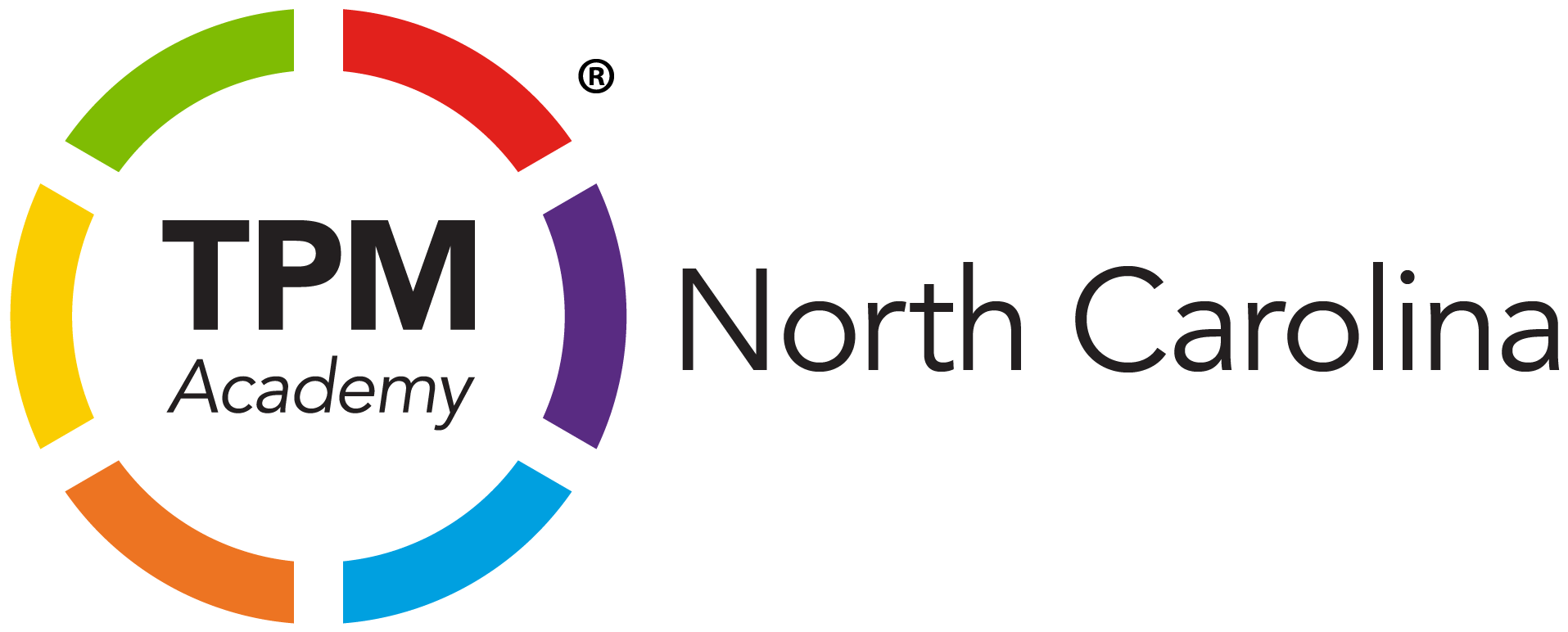TPM Academy Digs into Workforce Data

Recognizing the pressing skills gap and hiring challenges facing business leaders in North Carolina, the NC Chamber Foundation this year launched an innovative new leadership and workforce development program called Talent Pipeline Management, pioneered by the U.S. Chamber of Commerce Foundation. This data-driven, employer-led initiative follows a nationally tested curriculum to develop stronger partnerships between business and education, resulting in a stronger pipeline of talent that is aligned to actual business needs.
The first step of the TPM initiative begins with developing local leadership to implement the curriculum for employers in their region through a series of trainings called the TPM Academy. The first cohort of the TPM Academy of North Carolina began their work in September and met recently for another training where they dove into the heart of TPM: data.
Employers working through hiring challenges have a few major questions to answer. How many open positions do we need to fill? Where will those workers need to be? What skills and experience do we need them to have? And how do we communicate that to the people and organizations providing us with that talent? These are the questions that TPM was designed to answer, and it gives trained facilitators the tools to work through them with groups of employers in order to come up with aggregated data representing not just one company’s need, but the needs of a whole industry in that region.
This collective demand planning is what led one participant to observe that TPM is “authentically employer-led, not employer alone.” Instead of struggling to solve their individual workforce problems, business leaders gather together under the guidance of a trained TPM facilitator to come up with tangible data about hiring needs, desired competencies and credentials, and more.
In their two days of work, the TPM Academy of North Carolina discussed:
Conducting collective demand planning: Rather than relying on state labor market information, the TPM system uses a survey of participating employers to develop real-time, consistent data about hiring projections based on quantity, location, time and quality.
Developing consistent hiring requirements: When employers are all hiring the same critical job, a common language describing the competency requirements, work tasks, knowledge, skills, tools and technologies is key for getting the right talent from education and talent partners.
Analyzing the effective talent flows: Where do high performers in the critical jobs come from now? What sources of talent are working for the participating employers? Understanding the answers to these questions will help unlock even stronger partnerships between business and education.
The data collected in these phases of the TPM curriculum can have immediate, tangible benefits for participating employers and the talent systems they partner with. For example, in Kentucky, employers working through the TPM curriculum identified that they each listed a particular skill in job descriptions for positions they were struggling to fill, but that they also each retrained that skill after hiring employees. Recognizing that they’d prefer to keep that training in-house, the employers were able to remove that skill from their hiring requirements, which allowed the local community college to also remove it from their related training program. That move shortened the class from one year to only 14 weeks and dropped the cost from $5,000 to $2,300 per student – greatly increasing the program’s attractiveness and accessibility for job seekers and widening the applicant pool for participating employers.
Talent Pipeline Management is not the be-all-end-all solution for North Carolina’s workforce challenges, and it is not meant to replace the variety of great employer collaboratives and other programs across our state. Instead, it’s a powerful employer-led tool to complement our state’s workforce toolbox, and we’re excited to work with its first cohort of leaders as they deploy it in their communities beginning next year. To learn more about TPM, including how to participate in the next cohort, click here.